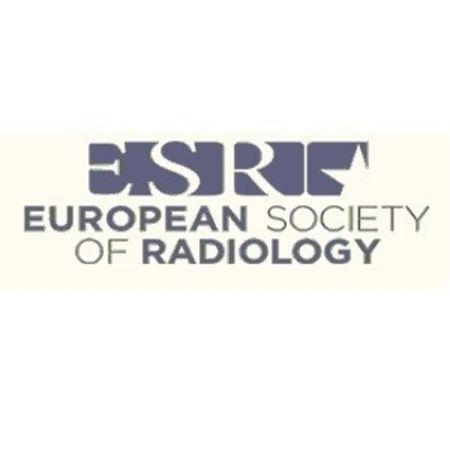The record number of abstract submissions for the 29th European Congress of Radiology (ECR) reflects on the increasing quality of the congress’s scientific programme, organisers say. A total of 6,757 abstracts were submitted for ECR 2017, up 22.8 percent from the previous year. The new record includes abstracts submitted for both scientific papers for oral presentations and electronic posters for the ECR’s EPOS™ exhibition.
See Also: 3 Must Attend Conferences in 2017 for Imaging
The increase in submissions for EPOS™ in particular is attributed to the overwhelming success of the Voice of EPOS sessions introduced at ECR 2016, which give poster authors the opportunity to present their work in person at the congress. This new high in submissions lays the foundation for the increasing quality of the scientific sessions presented at the congress, which is in turn reflected in higher attendance rates in the lecture rooms. The same is true for the invited lectures, given by top experts from all over the world who are hand-picked by the Programme Planning Committee to provide coverage of the most innovative treatments and most recent research.
“Radiology is currently undergoing a metamorphosis, and there is a growing focus on functional, biological, and genetics-related imaging. Radiology is not only about detecting lesions and offering a differential diagnosis, but also about understanding how the human body works, how lesions arise and behave, and how we can monitor and influence disease processes using radiological techniques and image-guided interventions. The scientific programme for ECR 2017 truly did address these issues,” said ECR 2017 President Prof. Paul M. Parizel from Antwerp, Belgium, now Chair of the European Society of Radiology (ESR) Board of Directors.
Attendance figures for ECR 2017 also hit an all-time high, with a total participation of 21,142 and a record number of 12,852 professional delegates, which represents a 9 percent increase compared to ECR 2016. In addition, more than 5,600 people registered for the ECR Online streaming platform, where almost all of the lectures and presentations could be watched live or on demand.
The number of radiographers who participated in the congress reached 1,995, representing an increase of 21 percent compared to last year. The ECR is now recognised as the official annual scientific meeting in medical imaging for radiographers by both the European Federation of Radiographer Societies (EFRS) and the ESR.
Great advances were also visible within the ECR’s accompanying technical exhibition, which is the largest in Europe, with over 26,000 sq. metres of exhibition space and more than 300 exhibiting companies. Some of the biggest players in medical imaging chose to launch their new products for the global market at the ECR. The ECR’s increasingly international audience has helped to make it one of the most important showcase events for the industry, and this trend looks likely to continue in the future.
Source: European Society of Radiology
Image Credit: European Society of Radiology
Latest Articles
ECR, medical imaging , 29th European Congress of Radiology, scientific programme, technical exhibition
The record number of abstract submissions for the 29th European Congress of Radiology (ECR) reflects on the increasing quality of the congress’s scientific programme, organisers say.



























